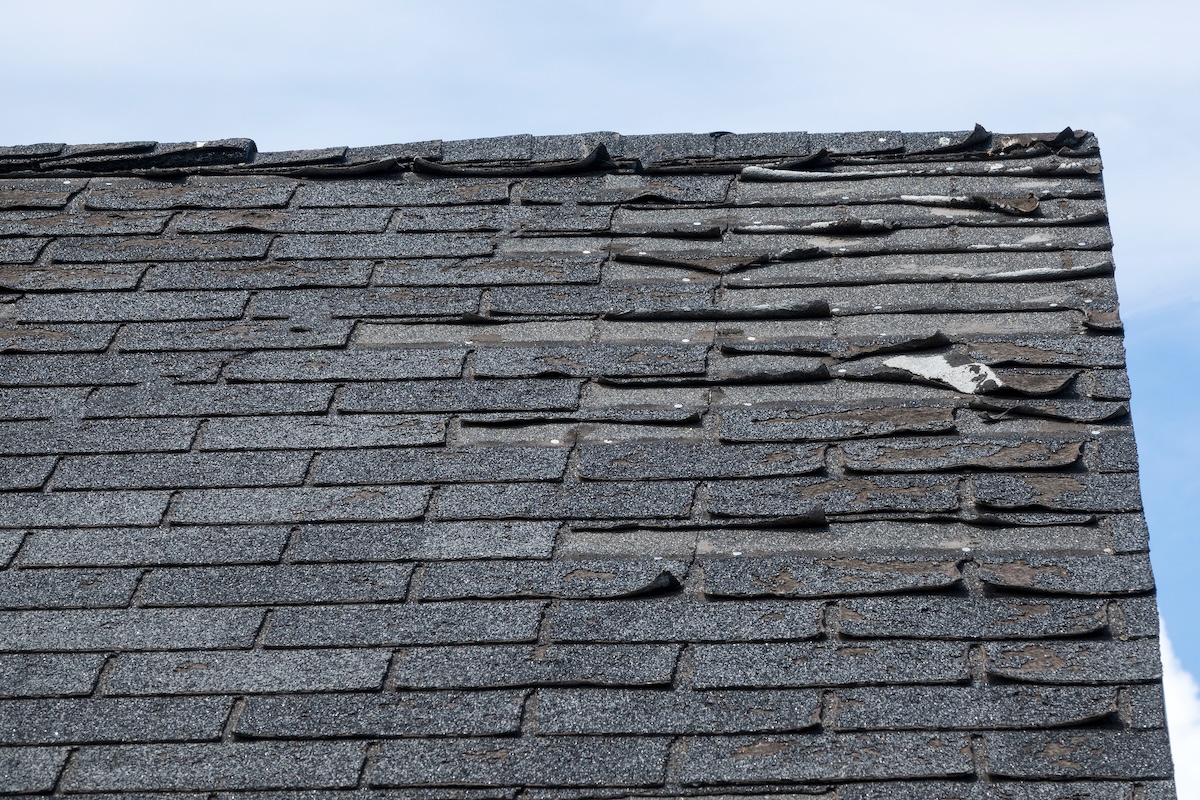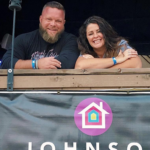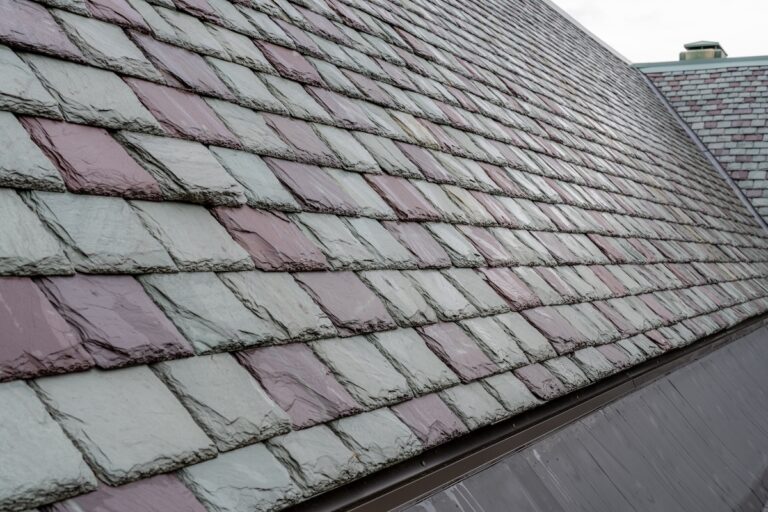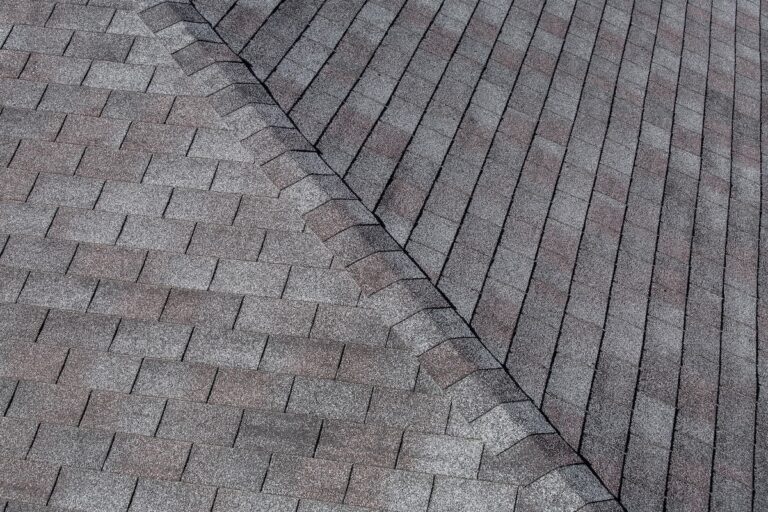Curling shingles are one of the most visible signs that your roof may need attention. Whether they curl upward at the edges or lift in the middle, curled shingles weaken your roof’s ability to keep water out and can lead to bigger problems if left untreated. Knowing why shingles curl and what to do about it helps homeowners make smart decisions before repairs or replacements become urgent.
- Early warning: Curling shingles often indicate underlying roof issues that need prompt attention.
- Cost savings: Fixing the problem early can prevent water leaks and expensive structural repairs.
- Long-term protection: Understanding causes and solutions helps extend the lifespan of your roof.
In this blog, we’ll break down the most common causes of curling shingles, what fixes are available, and how a roofing contractor in Beavercreek and surrounding areas can help.
❗️ Why Curling Shingles Are a Problem
Curled shingles aren’t just an aesthetic issue, they’re a functional one. When shingles lift or warp, they no longer create a watertight barrier. This opens the door for moisture, pests, and even wind to infiltrate your home.
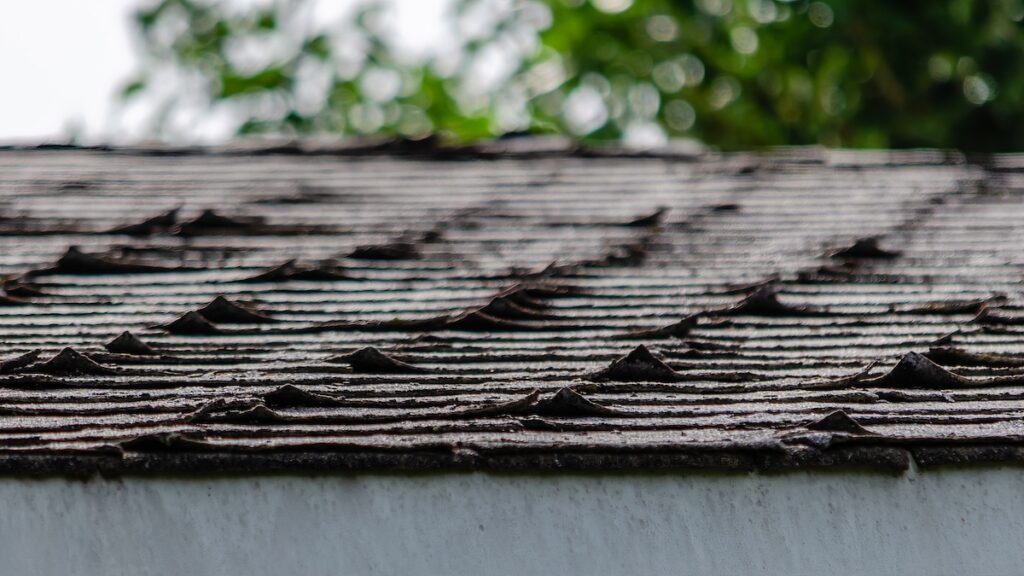
- Water leaks and mold: When shingles curl, water can easily slip underneath them. Over time, this moisture can seep into the underlayment and decking, leading to leaks, mold growth, and costly water damage inside your home. Even small leaks can spread across rafters and insulation, creating hidden damage that may go unnoticed until it’s severe.
- Reduced wind resistance: A curled shingle acts like a sail in the wind. Instead of lying flat, it catches gusts, which can pull shingles loose or cause them to break off entirely during storms. This creates a chain reaction where more shingles are exposed and eventually lost.
- Shortened roof lifespan: Even if the rest of your roof is in good condition, a section of curling shingles can dramatically shorten its overall lifespan. Ignoring this issue often accelerates the need for a full roof replacement.
- Decreased curb appeal: Beyond structural concerns, curling shingles give your home a neglected look. For homeowners planning to sell, this can affect resale value and turn buyers away.
⭐️ 5 Common Causes of Curling Shingles
If you’re noticing curling shingles on your roof, it’s important to understand what’s causing the problem before choosing the right fix.
- Moisture buildup: Poor ventilation traps heat and humidity in the attic, causing shingles to warp and curl from underneath. Condensation on the underside of the roof deck can also rot wood and accelerate shingle damage.
- Aging roof materials: Asphalt shingles typically last 15–25 years. As they age, oils dry out and the shingles become brittle, which makes curling more likely. Homeowners with roofs nearing the two-decade mark often see widespread curling across multiple areas.
- Improper installation: If shingles weren’t nailed or sealed correctly, they can shift and lift much sooner than expected. Mistakes like overdriven nails, improper overlaps, or skipped sealing strips often lead to premature curling.
- Multiple roof layers: When a new roof is installed over an old one, the uneven base can cause shingles to curl prematurely. Heat also gets trapped between layers, speeding up deterioration.
- Low-quality shingles: Not all roofing materials are equal. Budget shingles may look good initially but often break down faster under weather conditions. Choosing cheaper materials might save money upfront but leads to more repairs in the long run.
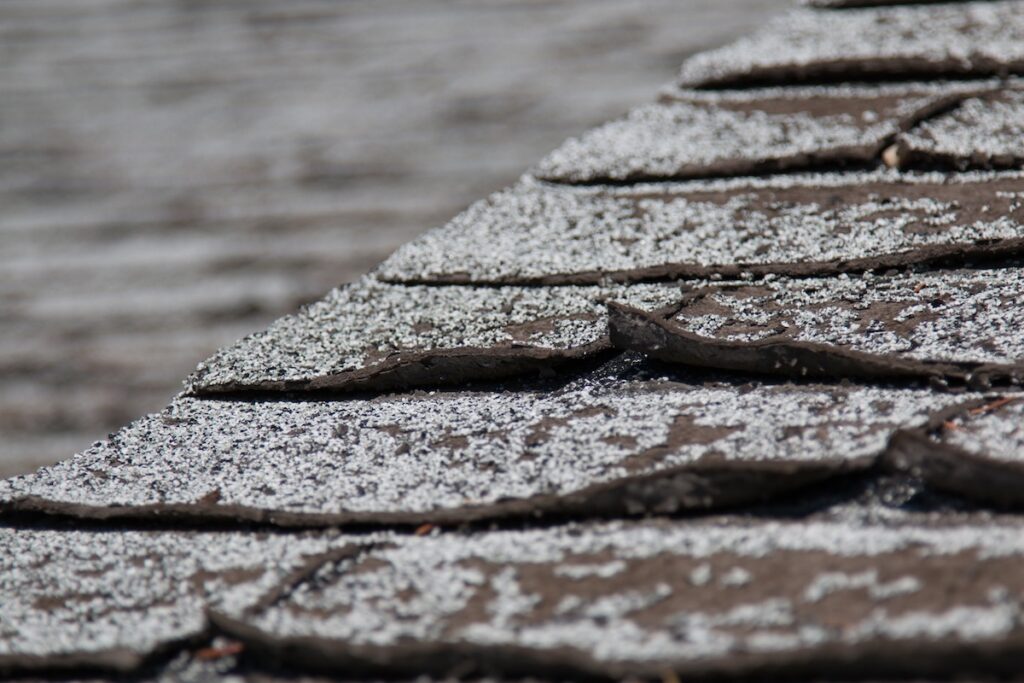
🛠️ How to Fix Curling Shingles
The right solution depends on how severe the curling is and how much of the roof is affected.
- Re-securing shingles: In mild cases, a roofing contractor may be able to apply adhesive or nails to flatten curled shingles and extend their life temporarily. This is only a short-term solution, but it can buy time before larger repairs.
- Replacing affected shingles: If only a few shingles are curling, replacing them individually can restore protection to the roof. This works well for localized damage after a storm or in shaded areas prone to moisture.
- Improving attic ventilation: Fixing airflow issues helps regulate temperature and moisture, preventing future curling. Contractors may install ridge vents, soffit vents, or attic fans to create proper circulation.
- Partial roof replacement: When curling affects a larger area, replacing a section of the roof may be more effective than patch repairs. This option works best for roofs that still have several years of service left but need reinforcement in problem spots.
- Full roof replacement: If the roof is old and curling shingles are widespread, replacement is the most cost-effective long-term fix. While it may seem like the biggest investment, it eliminates repeated repair costs and adds decades of protection.
🧑🔧 Why Professional Repairs Are the Best Option
Some homeowners may attempt to glue down curling shingles themselves, but professional roofing services provide safer and more reliable results.
- Proper diagnosis: Contractors can identify whether the curling is due to ventilation, age, or poor installation. This ensures the fix actually addresses the root cause instead of just the symptoms.
- Matching materials: A professional ensures replacement shingles blend seamlessly with your existing roof, preventing mismatched patches that hurt curb appeal.
- Long-lasting solutions: DIY fixes may only last months, while professional repairs or replacements protect your home for years. Contractors also back their work with warranties, offering extra peace of mind.
- Safety first: Roofing work is dangerous without training and equipment. Hiring professionals reduces the risk of injury and prevents accidental damage to your roof.
✅ Preventing Curling Shingles in the Future
Curling shingles can often be prevented with the right maintenance and care.
- Schedule regular roof inspections: Annual checkups help spot early curling before it spreads. After major storms, inspections can catch damage that isn’t visible from the ground.
- Maintain attic ventilation: Proper airflow prevents heat and moisture buildup that damages shingles. Balanced ventilation extends the life of the entire roofing system.
- Invest in quality materials: Higher-grade shingles are designed to withstand weather and last longer. Materials like architectural shingles or even metal roofing offer superior durability.
- Address minor repairs quickly: Replacing a few shingles today can save you from needing a full replacement tomorrow. Waiting too long allows small issues to snowball into major roof problems.
- Keep gutters and trees maintained: Clean gutters allow water to flow away properly, while trimming trees keeps branches from scraping or lifting shingles. These simple habits reduce stress on your roof.
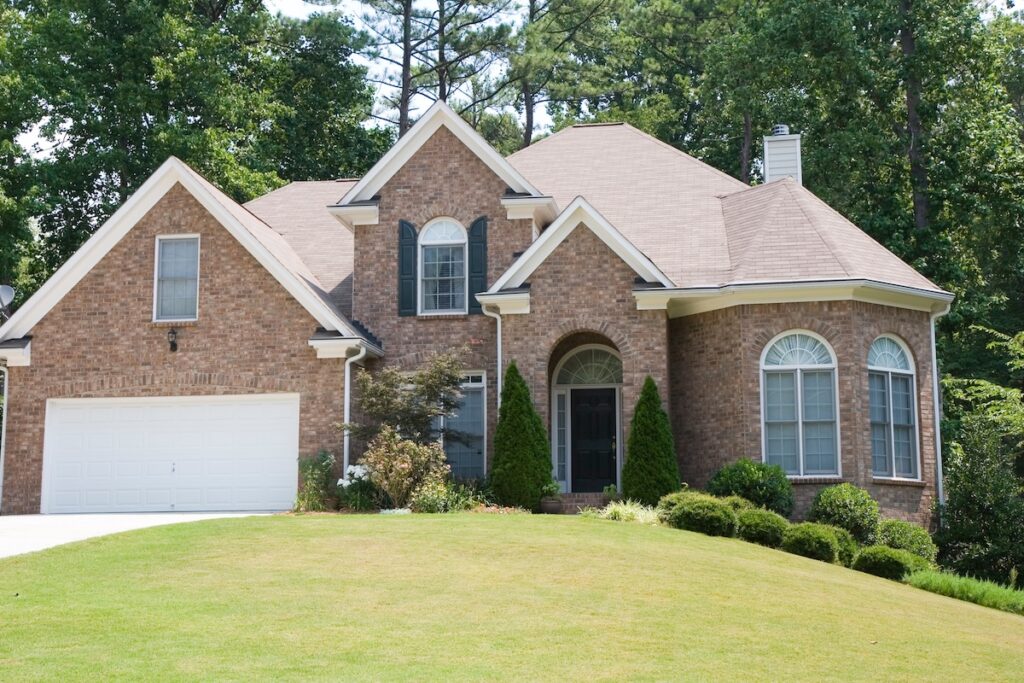
🛠️ Secure Your Roof, Secure Your Peace of Mind
Curling shingles are more than just an eyesore; they’re a red flag that your roof is vulnerable to water, wind, and structural issues. The sooner you act, the easier and more affordable it is to fix the problem.
At Johnson Restoration, we’ve helped homeowners in Beavercreek and surrounding areas restore their roofs with reliable solutions, such as wind-resistant shingles. From inspections and minor repairs to full replacements, our team has the experience and tools to protect your home.
If you’ve noticed curling shingles on your roof, don’t wait until leaks appear. Contact Johnson Restoration today for expert guidance and roofing services you can count on.
